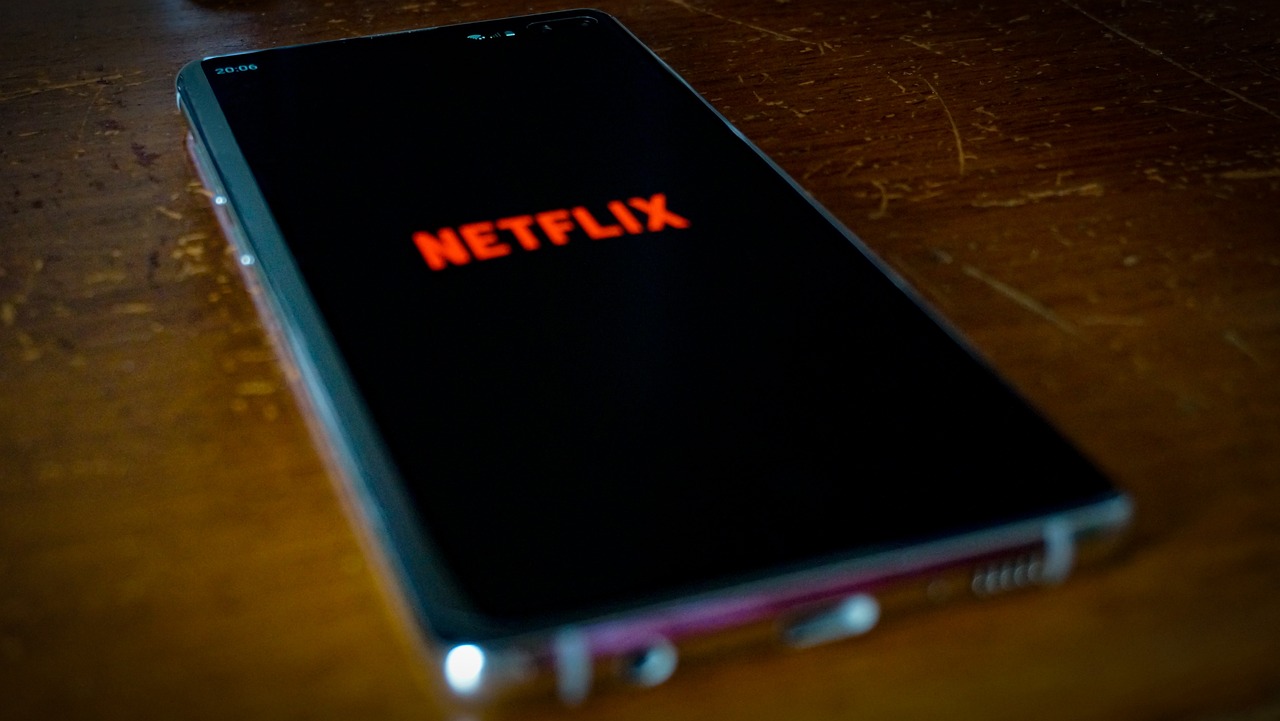
Will Netflix Take Down ‘Good Bad Ugly’ Over Ilaiyaraaja Songs Use
MediaNama’s Take: If Mythri Movie Makers did not obtain permission to use Ilaiyaraaja’s songs, the Madras High Court’s order to remove the content from the movie ‘Good Bad Ugly’ appears to be an open-and-shut case, as the copyright exemptions like fair use don’t apply. Madras HC’s order could immediately impact the OTT platforms, particularly Netflix, as the court ordered them to take down the film until the infringing content is removed. Additionally, similar cases, such as the ANI vs. YouTubers controversy that questioned the fair use doctrine under the Copyright Act, highlight the need for a stronger and clearer understanding of fair use in India.
While this case appears clear-cut, similar disputes raise harder questions about fair use. For example, when Bollywood actress Sakshi Malik filed a case against the makers of the 2021 Nani-starrer V for using a picture of her without permission, the Bombay High Court ordered that the movie be removed from Amazon Prime Video until they remove her picture from the movie. 24 hours later, the re-edited version was made available to stream. Similar cases are ongoing over a Netflix documentary on actress Nayanthara, which allegedly uses unauthorised visuals from three seconds behind the scenes of ‘Nanum Rowdy Dhaan’ and ‘Chandramukhi’, both of which feature the actress.
If courts order YouTube-style takedowns for streaming platforms like Netflix and Amazon Prime Video, officials must clearly define and examine the scope of fair use to avoid widespread removals, especially because parties can also invoke personality rights — as seen in Sakshi Malik’s case– to demand takedowns, which also places additional caution on the creators.
What’s the news?
On September 8, the Madras High Court granted a temporary injunction restraining Mythri Movie Makers, producers of Ajith Kumar’s 2025 film ‘Good Bad Ugly’, from exhibiting, screening, distributing or broadcasting the film after Ilaiyaraaja challenged the use of three of his songs in it.
This means the producers must remove the film from Netflix, where it is currently streaming, and stop any further broadcasting until they resolve the copyright infringement dispute. However, at the time of writing this report, the movie is still available to stream on Netflix, along with the concerned infringed songs.
What is the complaint against?
According to the LiveLaw report, in April 2025, Music composer Ilaiyaraaja, through his counsel Maths Law Associates, issued a legal notice alleging that the Ajith film ‘Good Bad Ugly’ used his works without authorisation.
He said the filmmakers used the following songs without his consent or royalty payments, which the law entitles him to receive:
- “Otha Ruba Tharen” from Naattupura Paattu (1996)
- “Ilamai Idho Idho” from Sakalakala Vallavan (1982)
- “En Jodi Manja Kuruvi” from Vikram (1986)
Ilaiyaraaja stated that the unauthorised use violated his rights as the composer and copyright holder of these works. Under the Indian Copyright Act, he filed his plea under the following sections:
- Section 19(9): The Creator’s right to claim an equal share of royalties for the distributed work.
- Section 19(10): If creators use an artist’s content outside the film, the artist still has the right to claim an equal share of royalties despite assigning the rights to a producer, distributor, or streaming service.
- Section 51: Defines copyright infringement as any unauthorised use, distribution, commercial exploitation, or facilitation of public communication of a copyrighted work.
- Section 57: Artist’s right to restrain and claim charges for the distortion, mutilation, or modification.
- Section 63: Defines the punishment for copyright infringement as six months to three years in prison and a fine of Rs 50,000 if it involves commercial profit. If not, courts can impose a shorter sentence or a smaller fine.
Some Similar Cases to the Netflix Order
This isn’t the first time the Indian court has ordered the removal of content from OTT platforms. For example, in 2021, the Bombay High Court asked Amazon Prime Video to remove 2021’s Nani-starrer ‘V’ based on the complaint filed by Mumbai-based actress Sakshi Malik alleging that the makers had used her picture without her permission, citing the violation of her privacy. However, reportedly, the re-edited version was reuploaded after 24 hours.
Malik’s case is similar to personality rights, which allow individuals to protect their name, voice, image, likeness, signature, vocal style, articulation and distinctive appearance from unauthorised use, including exploitation through AI-generated content. Recently, the Delhi High Court ordered to stop the unauthorised commercial and online use of Bollywood actor Aishwarya Rai Bachchan’s identity, saying courts cannot ignore violations of her personality rights. Later, her husband, Abhishek Bachchan, also followed suit and sought protection of his personality rights. Similarly, several other celebrities have approached courts in the past to protect their personality rights.
While Ilayaraja’s case against the makers of Good Bad Ugly appears to be a clear copyright infringement– if they failed to obtain the required permissions, as his legal team petitioned– the matter becomes more nuanced when considered alongside two separate copyright strikes against Netflix’s original documentary ‘Nayanthara: Beyond the Fairy Tale’.
Advertisements
The makers of 2005’s ‘Chandramukhi’, AP International, have also moved to the Madras High Court, asking for the removal of clippings from the Netflix documentary on Nayanthara, and the Court asked the actress to respond to the plea. Earlier in December 2024, Tamil actor Dhanush sent a legal notice to Nayanthara seeking Rs 10 crore in damages for a three-second behind-the-scenes clip from the 2015 film ‘Naanum Rowdy Dhaan’ that appeared in the documentary.
Moral Rights of the Creators
However, Ajay Kumar, partner at Triumvir Law, said that the creators always have the moral right over the works they have created, even if they are permitted to be used by the licensor. This prevents distortion or misrepresentation of the creator’s original work, he says. “So, the courts can direct the removal of content until the infringer removes the infringed portions,” he said.
When asked about the permissible usage of copyrighted content under the fair use doctrine, he said that fair use is very limited in India. “The commercial interests don’t really matter when contrasted with the producer or distributor’s legal rights and the creator’s moral rights,” he said while emphasising the mandatory requirement to obtain necessary permissions even for using small clips of just a few seconds long.
The Nuances of Fair Use
The issue of the fair use doctrine resurfaced during the controversial Asian News International (ANI) vs YouTubers case, when the news agency ANI launched copyright strikes against YouTubers for using its copyrighted visuals even for the type of content that would ideally be considered “fair use” under Indian copyright law. YouTube allows copyright strikes for even short snippets of content. Therefore, content creators may face multiple claims depending on their jurisdiction. Different copyright owners can claim rights over separate segments of the same video, and multiple entities can claim the same segment in different regions or countries.
However, Section 52 of the Copyright Act of 1957 permits fair use of copyrighted content for the following actions:
- Private or personal use, including research
- Criticism or review, whether of that work or any other work
- Reporting of current events and affairs, including reporting a lecture delivered in public.
Earlier, in an interview with MediaNama, Rahul Ajatshatru highlighted the lack of uniform clarity on what should be constituted as fair dealing of copyrighted content. “You can probably play a five-to-ten-second clip, as long as you have a big program, say 10 minutes or five minutes or whatever. But you can’t substantially reproduce,” he noted.
Also Read:
Support our journalism:
For You
Source link



